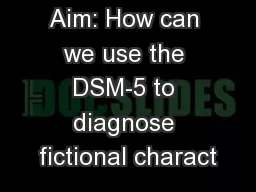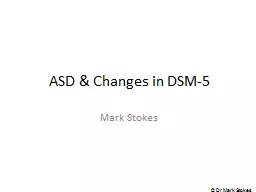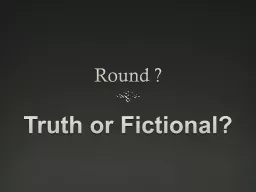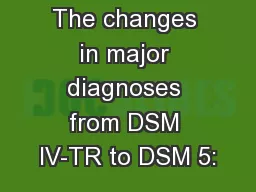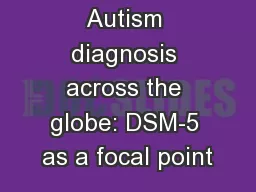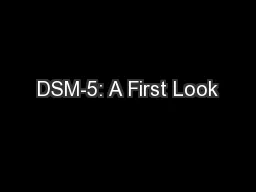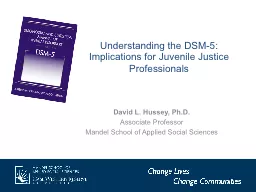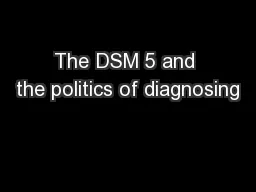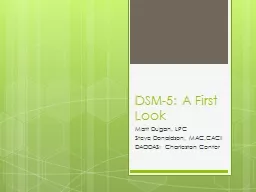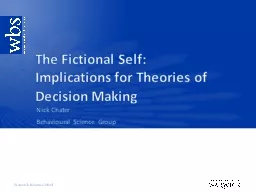PPT-Aim: How can we use the DSM-5 to diagnose fictional charact
Author : pasty-toler | Published Date : 2017-04-22
Do Now Take out your DSM 5 review sheet from Thursday and take out your homework due today Model Dora the Explorer Dora seems like a child with a healthy personality
Presentation Embed Code
Download Presentation
Download Presentation The PPT/PDF document "Aim: How can we use the DSM-5 to diagnos..." is the property of its rightful owner. Permission is granted to download and print the materials on this website for personal, non-commercial use only, and to display it on your personal computer provided you do not modify the materials and that you retain all copyright notices contained in the materials. By downloading content from our website, you accept the terms of this agreement.
Aim: How can we use the DSM-5 to diagnose fictional charact: Transcript
Download Rules Of Document
"Aim: How can we use the DSM-5 to diagnose fictional charact"The content belongs to its owner. You may download and print it for personal use, without modification, and keep all copyright notices. By downloading, you agree to these terms.
Related Documents

